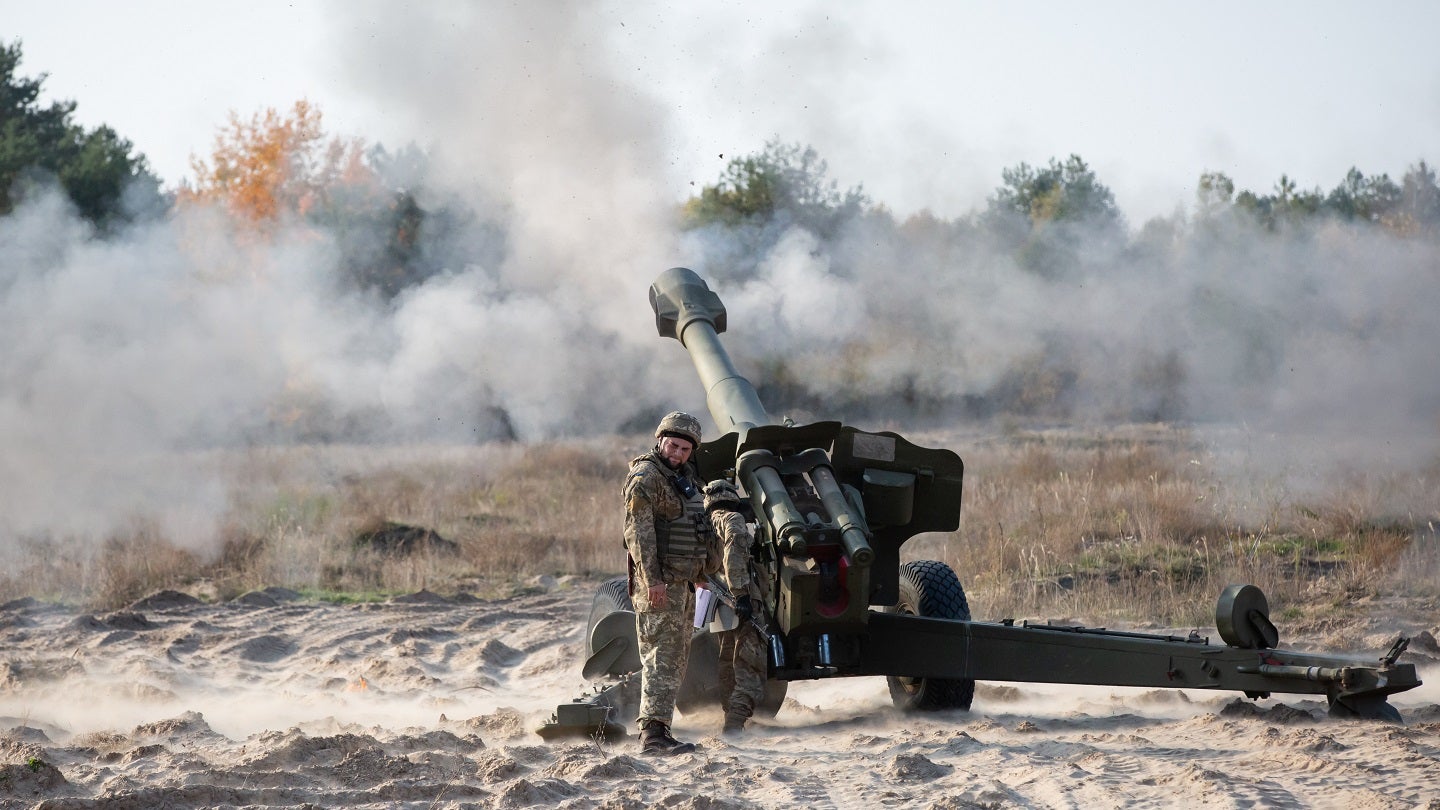
As the US commits to a further round of security assistance to Ukraine, with a new weapons package that includes air defence capabilities and munitions, the US Department of Defense (DoD) has said Kyiv “has the combat power” required for its ongoing counterattack against Russian forces.
The package is being provided as part of the Ukraine Security Assistance Initiative (USAI), which, unlike Presidential Drawdown authority which sees the US’ own stocks supplied to Ukraine, is a structure that enables the US to procure capabilities from industry or partner nations to then send onwards to aid Kyiv’s war effort.

Discover B2B Marketing That Performs
Combine business intelligence and editorial excellence to reach engaged professionals across 36 leading media platforms.
This announcement represents the beginning of a contracting process to provide additional priority capabilities to Ukraine, stated the US DoD on 19 July.
In total, the value of the latest package reaches $1.3bn and includes four National Advanced Surface-to-Air Missile Systems and munitions; 152mm artillery rounds; mine clearing equipment; Tube-Launched, Optically-Tracked, Wire-Guided missiles; Phoenix Ghost and Switchblade uncrewed aerial systems; precision aerial munitions; counter-UAS and electronic warfare detection equipment; 150 fuel trucks; 115 tactical vehicles to tow and haul equipment; 50 tactical vehicles to recover equipment; and port and harbor security equipment, among other systems.
Ukrainian President Volodymyr Zelenskyy, attending the recent Nato Summit, was initially critical of the US-led Alliance amid disputes over Ukraine’s own aspirations for membership. Ukraine’s leadership has also expressed frustration on a number of occasions and Nato’s inability to more quickly ‘up-tier’ the type of equipment being provided.
Given Russia’s quantitative superiority over Ukraine, the need to gain a qualitative edge has become increasingly apparent as the war grinds on, with hundreds of thousands of casualties sustained on both sides.

US Tariffs are shifting - will you react or anticipate?
Don’t let policy changes catch you off guard. Stay proactive with real-time data and expert analysis.
By GlobalDataUS careful not to escalate equipment provision
In a 17 July briefing, prior to the release of the latest round of US security assistance to Ukraine, a US DoD spokesperson stated that Ukraine “has the combat power” it needs for its ongoing counter-offensive against Russia, amid questions over Washington’s reticence to match European allies in the UK and France in providing long-range strike missiles.
Both the UK and France have supplied Ukraine with Storm Shadow (known as SCALP in France) cruise missile, which has a range in excess of 250km and able to strike far behind Russian front lines to hit critical logistics and command hubs.
While providing the highest Nato contribution to Ukraine, both in terms of equipment and financial support, Washington has been content to let European allies take the lead in providing the next tier of equipment in a bid to avoid being seen to escalate the conflict with Russia.
The UK has led the way in providing critical equipment to Ukraine and was the first to supply advanced main battle tanks (Challenger 2) and long-range missiles (Storm Shadow). The UK also earlier on in the war supported Ukraine with the NLAW anti-tank missile as well as medium-range direct fires based on the Brimstone missile system.
European support followed, with EU nations committing dozens of Leopard 1 and Leopard 2 tanks, and are now also leading the F-16 training initiative to provide fourth-generation fighters to Ukraine.
By contrast, the US was slow to commit to supplying Abrams A2 tanks to Ukraine, then downgrading the support to the older A1 variant. Even then, the tanks were slow to arrive in Ukraine.
Washington has also seen fit to play the kingmaker role in Europe’s attempts to supply F-16 fighters to Ukraine, with the US holding a veto for any such export due to the origin of the platform.





